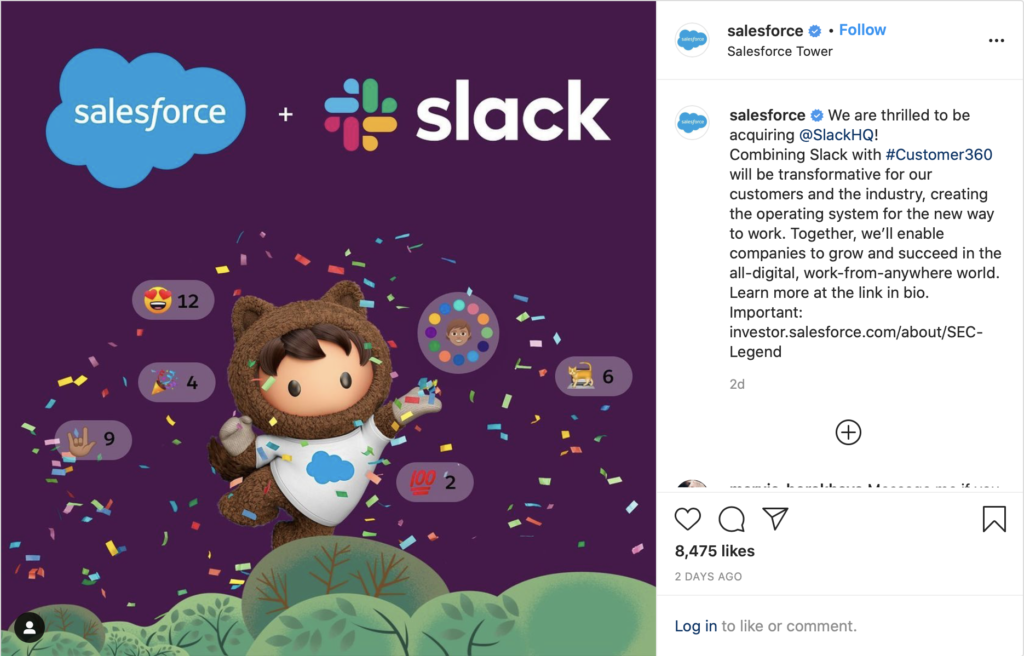What a week for our inaugural blog of “This Week in CX!” Industry publications were busy covering numerous acquisition and merger announcements, digital advancements in AI/AR, omnichannel user experience updates, and new innovative products created to serve a socially distanced world.
While it was hard to choose just four, these are the stories that got our Tallwavers talking and all CX connoisseurs and designers should know.
CX – also known as customer experience – defines how people feel about brands and businesses. It encompasses every stage, conversation and interaction that takes place over time and across a variety of channels and ultimately informs and drives customer acquisition, retention, loyalty, and advocacy.
Verizon Unleashes a New Replacement for Third Party Cookies
Shock coursed through the publishing and advertising worlds in early 2020 when Google announced its plans to ban cookies. Before media traders could even finish asking, “what do we do?”, companies were working on building alternative tools to replace the default online targeting tactics. On Tuesday, Verizon announced the launch of their solution: ConnectID, a unified ID that “helps advertisers buy, measure and optimize ads while enabling publishers to manage, monetize and navigate audiences – all without third party cookies.”
Fueled by direct relationships with their 900 million global consumers, a diverse IDgraph that runs on 200 billion content-based data signals daily, and a full-stack DSP and SSP. ConnectID provides nearly 900 billion customer touchpoints and is already receiving praise from brands, including Newsweek and Adstra.
“Necessity is the mother of innovation,” says Dallas McLaughlin, our Director of Performance Marketing. “In my opinion, cookies are an archaic technology. There’s all this panic around the idea of cookies going away. It does a great job at driving article clicks, link shares, and driving fear across clients, but the reality is that most modern agencies and media buyers aren’t — or shouldn’t be — heavily reliant on cookies anymore.”
Instead, Dallas suggests more consistent and insightful forms of tracking be used, like persistent logins, mobile device ID technology, and businesses leveraging their first-party data (CRM, POS) for targeting.
“Cookies are one source of data among a sea of data points. When they go away, it will go largely unnoticed to the media agencies that have already advanced their tracking and targeting well beyond what cookies offered. After all,” he says, “media buying is a giant game of cops and robbers. Tracking and targeting technology will always out-pace rules and regulation. As cookies and any future technology gets regulated away, better, more advanced technology will quickly take its place.”
National Geographic Introduces Interactive AR Instagram Filter as New Form of Experiential Content
National Geographic also released something new with an archaic twist – an interactive AR experience that allows people to see what Spinosaurus, Deinonychus and Yi Qi dinosaurs looked like based on new information uncovered by recent discoveries. Available as a filter only on Instagram, the unique content flips the script on the selfie-filter culture and offers an augmented storytelling experience to reach and engage new audiences – and it was smart.
Also Read: How a Powerful Brand Works as Insurance

“With so much competition within newsfeeds and stories, brands continuously need to find new ways to engage with their audience and learn how to use available technologies to do so,” says our Manager of Content Strategy Holly Ringerud. “The more that brands use interactive videos, VR, and AR experiences to bring their ideas to life, the more their competition will work to surpass those experiences. Brands that aren’t embracing interactive content should pay attention because they risk getting left behind.”
But how can brands who’ve yet to venture into the world of audio and video content, let alone AR, enter the arena? “Start small!” Holly advises. “Video doesn’t require expensive production to be effective. If it’s a good idea, short, simple videos or animations can be just as attention-grabbing.”
Instagram Announces a New Keyword Search Tool
While we’re on the topic of Instagram, this news is a tad older but keyword search has arrived, no hashtags required. That means when users search for something like “CX tips,” posts that feature said tips will surface even if they don’t have the hashtag #cxtips in the caption, username, bio, or comments.
“It opens so much opportunity for SEO,” says Tallwave’s Content Optimization Specialist Anna Fiorenza. “The option to add alt text within advanced settings has been around for a long time, but hasn’t had much value without the ability to search for keywords. It will be important to monitor if and how users interact with this new feature, but there is a chance that this type of capability could turn Instagram into an experience more like Pinterest.”
For now, the keyword search functionality is available in the UK, US, Ireland, Australia, New Zealand, and Canada. It is currently optimized to only surface results for terms, topics, and keywords that fall within Instagram’s community guidelines, so if you’re searching for content on vaccines or the recent presidential election, you might want to search somewhere else.
Also Read: Social Media Mission Statements: What Are They & How Do They Help Your Social Strategy?
Salesforce Acquires Slack
Last but not least, we couldn’t ignore the story of the week: Salesforce acquired Slack – or as our Partner and Executive Vice President put it, “Bad CX buys good CX.”

Paying $27.7 billion, Salesforce co-founder and CEO Marc Benioff called the purchase “a match made in heaven,” saying, “Together, Salesforce and Slack will shape the future of enterprise software and transform the way everyone works in the all-digital, work-from-anywhere world.”
While opinions of the acquisition varied, Robert says it shouldn’t come as a huge surprise. “It’s a common situation. A software company needs to grow, they acquire a software company with new capabilities to expand their footprint.” The transition ahead, however, may be a bit bumpy ride. “Often companies clip those new capabilities onto their existing product without really mapping the CX and UX first. The next thing you know, your product is a Frankenstein that no one really likes, needs tons of customer support, and is underutilized by customers.”
Well Salesforce, if you need help building an integrated roadmap for strategically planning and executing the next chapter of your digital transformation, you know who to call.


